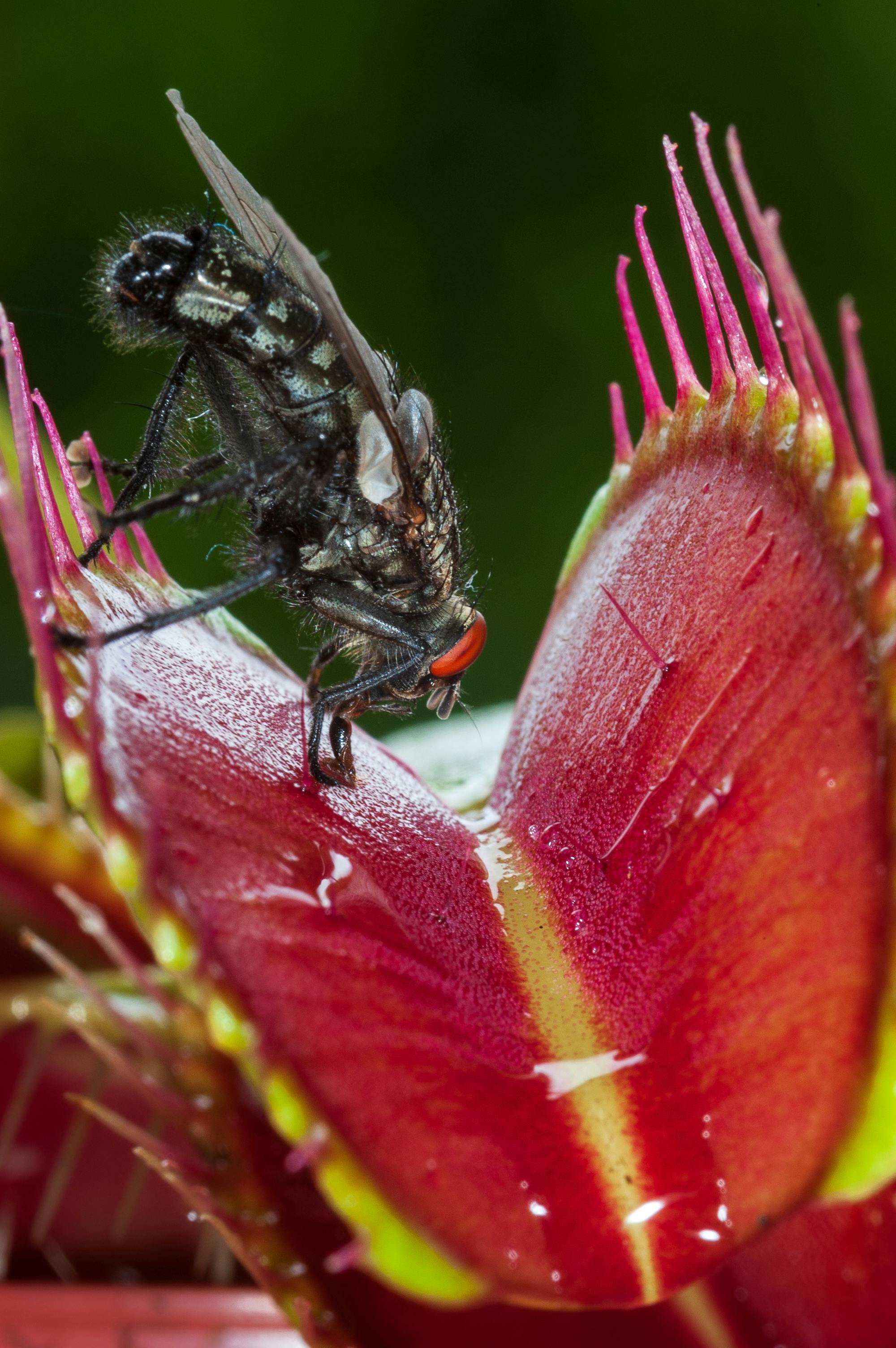Smart Ways to Enhance Your Hamster House for a Happy Pet in 2025
Creating the ideal hamster house is essential for the well-being of your pet furry friend. In 2025, hamster care continues to evolve, emphasizing safe, enriching environments that cater to the unique needs of these delightful creatures. This article will explore various smart ways to enhance your hamster habitat, focusing on enriching their lives and creating a safe space. With practical advice on hamster cage accessories, bedding materials, and exercise needs, you'll delve into building an engaging hamster house that keeps your pet happy, healthy, and entertained.
Hamsters are renowned for their playful and curious nature, making proper housing and care crucial. By integrating interactive elements that promote natural behaviors, you can support the emotional, physical, and social needs of your hamster. Here, we will outline effective strategies for setting up a hamster habitat that incorporates the latest trends and best practices. You'll learn about the best products on the market, including hamster toys for play, safety tips for hamsters, and grooming essentials that keep your pet thriving.
Here's what we will cover in the article:
- Fundamentals of hamster habitat setup
- Creative enrichment ideas for a dynamic living space
- Essential hamster supplies for optimal health and happiness
- Housing tips for multiple hamsters and their interaction
- Daily care routines and diet recommendations to promote well-being
By following the guidelines laid out in this enriching guide, you can successfully create a nurturing and stimulating environment for your pet hamster, ultimately enhancing its quality of life.
Fundamentals of Hamster Habitat Setup
Building a suitable hamster house starts with understanding their unique requirements. These small animals need a safe, spacious, and stimulating environment that allows them to thrive. The first step in designing an exemplary hamster habitat is selecting the right cage.
Selecting the Right Hamster Cage
Choosing the appropriate hamster cage is foundational to ensuring your pet’s comfort and security. A suitable hamster habitat should provide ample floor space for foraging and play. Cages with a multi-level design allow hamsters to explore vertically, simulating their natural environment. Ensure the cage is made of escape-proof materials, such as wire mesh or glass, with proper ventilation. A general size guideline is a minimum of 450 square inches of floor space for one hamster.
Ideal Hamster Temperature and Lighting
Hamsters are sensitive to both temperature and light. The ideal room temperature for hamsters ranges between 65°F to 75°F. Exposure to direct sunlight can overwhelm these creatures, so ensure your hamster habitat receives indirect light. Adding appropriate lighting in the evening can help create a natural day-night cycle, which aids in regulating your pet's sleep patterns.
Choosing Hamster Bedding Materials
The bedding you choose for your hamster should be safe and sanitary. Avoid cedar and pine shavings, as they can harm respiratory health. Instead, consider paper-based bedding or aspen shavings, which are absorbent and comfortable. Regular cleaning of the bedding is crucial to prevent odors and ensure a healthy living environment.
Creating Safe Spaces for Playing
Ensure your hamster has enough hiding spots and nests to help it feel secure. Implementing tunnels, hammocks, and burrowing areas can fulfill your pet’s instinctive behaviors. Make use of items like cardboard boxes and paper rolls, offering safe opportunities for exploration and play. A variety of habitats not only enriches their lives but also promotes physical activity.
Daily Care and Cleaning Schedule
Maintaining cleanliness is vital for your hamster's health. Establishing a regular cleaning schedule involves daily spot cleaning and a weekly deep clean of the cage. This helps prevent the buildup of waste and provides your pet with a fresh living space. Additionally, maintain a consistent feeding schedule to support your hamster's nutritional needs. Incorporate a diet rich in fresh fruits, vegetables, and the best hamster food available on the market.
With these essential habitat setup tips established, we can now enhance your hamster house through creative enrichment ideas.
Creative Enrichment Ideas for a Dynamic Living Space
Creating an engaging environment is crucial to prevent boredom and maintain your pet hamster's mental and physical health. Enrichment provides the stimulation your hamster needs, allowing for active exploration and play.
Building a Hamster Maze
Constructing a maze is an exciting project that can significantly enhance your hamster's life. Use cardboard boxes or PVC tubes to create a fun, interactive maze experience. This setup encourages them to explore, promoting physical activity and cognitive engagement. Simply guide your hamster through the maze with treats or toys, rewarding them as they navigate the obstacles.
Interactive Toys for Play
Investing in hamster toys for play is essential for ensuring your pet remains active and entertained. Look for toys designed specifically for hamsters, such as tunnels, exercise wheels, and chew toys. These items not only keep your hamster physically active but also promote mental stimulation, helping to curb potential behavioral issues stemming from boredom.
Introducing Natural Elements
Incorporating natural elements into your hamster house can mimic a wild environment. Add pieces like untreated wood, branches, and woven grass, which your hamster can chew and explore. Ensure that anything added is safe and non-toxic, as these natural items encourage natural behaviors while reducing stress.
Utilizing Enrichment Products
Many enrichment products are specifically designed to engage hamsters in fun and stimulating activities. Look for items like activity balls, sensory tunnels, and treat dispensers. These toys not only provide entertainment but also encourage your hamster to exercise and interact more actively with their habitat.
Creating a Rotating Toy System
To avoid monotony, consider rotating your hamster's toys regularly. Use a variety of engaging items and swap them out every few days. This technique stimulates interest in their habitat, ensuring your pet remains engaged and happily active.
With a dynamic living space established, it's essential to provide your pet with the necessary supplies for optimal health and happiness.
Essential Hamster Supplies for Optimal Health and Happiness
To enhance your hamster's habitat, it's critical to provide them with essential supplies that cater to their daily needs.
Best Hamster Food and Diet Recommendations
Choosing the best hamster food is pivotal in promoting your hamster's health. Balanced nutrition includes high-quality hamster pellets, seeds, and fresh fruits and vegetables. Develop a feeding schedule that incorporates a variety of foods while being cautious of portion sizes to prevent obesity.
Feeding Schedule and Habits
A consistent feeding schedule helps regulate your hamster's dietary habits. Provide fresh food and water daily, and remove any uneaten perishable items to avoid spoilage. The amount offered should be small, as hamsters are prone to overeating if given easy access to food.
Exercise and Exercise Wheel Essentials
Integrating an exercise wheel into your hamster's habitat is crucial for keeping them active. Select a wheel that is appropriately sized, quiet, and safe—avoid those with rungs that could potentially trap your hamster. Encourage regular nighttime activity with an exercise routine that is tailored to your hamster's needs.
Safe Water Bottles and Sources
Providing clean water is vital for your pet’s health. Install a water bottle with a sipper tube to keep the environment clean and prevent spills. Make sure to check the water daily and clean the bottle regularly to avoid bacterial growth.
Grooming Essentials for Hamsters
Regular grooming is necessary to maintain your hamster's fur and overall health. Depending on the breed, some hamsters may require more grooming than others. Basic tools like a soft-bristle brush and pet-safe wipes help manage fur and reduce odors.
With essential supplies in place, ensuring a harmonious environment for multiple hamsters adds an extra layer of complexity that requires attention.
Housing Tips for Multiple Hamsters and Their Interaction
When considering housing for multiple hamsters, it's essential to understand their social behavior and needs. Properly managing their environment can lead to a harmonious living situation.
Understanding Hamster Social Behavior
Hamsters are generally solitary creatures, especially Syrian hamsters, which should be housed alone to avoid aggression. However, dwarf hamsters can sometimes live in same-sex pairs or small groups, provided there is ample space and resources to minimize territorial disputes.
Setting Up a Shared Habitat
If you decide to house multiple hamsters together, carefully designing the environment is crucial. Ensure there is sufficient space, hiding spots, and multiple food and water sources to reduce competition. A larger cage can help prevent fighting and stress by providing each hamster with a personal area to retreat.
Monitoring Interactions and Behavior
Regularly observe your hamsters' interactions and behaviors to ensure harmony in their shared habitat. Signs of stress or aggressive behavior should be addressed promptly by separating the hamsters if necessary. Familiarizing yourself with common hamster behaviors can help you identify potential issues early.
Introducing New Hamsters
When introducing new hamsters, do so gradually. Start with separate cages, allowing them to become familiar with each other's scent before any direct interaction. Gradually move to supervised playdates once both hamsters appear comfortable with one another's presence.
Safety Tips for Combining Hamsters
To minimize risks when housing multiple hamsters, ensure that all cages are secure, and there are no escape routes. Provide distinct territories through clear boundaries such as different levels or hiding spots, which can promote a peaceful environment. Regularly assess the stability of their relationships to prevent any issues.
As you master interactions between multiple hamsters, establish daily care routines and diet recommendations to enhance your pet's quality of life.
Daily Care Routines and Diet Recommendations
A well-structured daily routine is essential for maintaining your hamster's health and happiness. Consistency in care fosters a strong bond and ensures your pet's needs are met.
Crafting a Daily Hamster Care Routine
Your daily hamster care routine should include feeding, cage cleaning, and playtime. Spending quality time each day interacting with your hamster fosters trust and provides essential social interaction. Consider setting aside specific times for cage cleaning and maintenance to maintain a healthy environment.
Hamster Feeding Schedule
Adopting a feeding schedule helps regulate your hamster’s meals. Offer standard hamster food, supplemented by vegetables and occasional treats. By creating a structured schedule, you'll be able to track their appetite and identify any changes that may warrant veterinary attention.
Exercise Needs and Playtime
Allocating time for exercise and play is essential for your hamster's well-being. Engage your pet with supervised free-roaming sessions outside of its cage, ensuring the area is safe and free from hazards. Encourage climbing and exploring with safe obstacles and tunnels while keeping a watchful eye on your pet.
Hamster Health Tips
Regular checkups at the vet can help monitor your hamster’s health, ensuring any potential issues are addressed early. Keep track of behavior changes, eating habits, and signs of illness or discomfort, as these can indicate underlying health concerns.
Emergency Care for Hamsters
Be prepared for emergencies by planning ahead. Familiarize yourself with your veterinarian’s contact information and locate an emergency clinic nearby that specializes in small animal care. Know essential first-aid procedures to address common population injuries or health incidents effectively.
By implementing a daily care routine and addressing the diet, you ensure your pet’s longevity and happiness, ultimately achieving a fulfilling relationship.
Conclusion
Enhancing your hamster house involves understanding its needs and requirements while enriching its environment. By selecting the right housing, providing interactive elements, and maintaining a consistent care routine, you can create a vibrant, nurturing space for your beloved pet. Make informed decisions when it comes to diet and enrichment to promote hamster enjoyment while minimizing boredom. Following the strategies outlined in this guide will ensure that you contribute positively to your pet's quality of life.
For further information and more expert hamster care tips, feel free to explore detailed articles on caring for pet hamsters and hamster habitat decoration.


